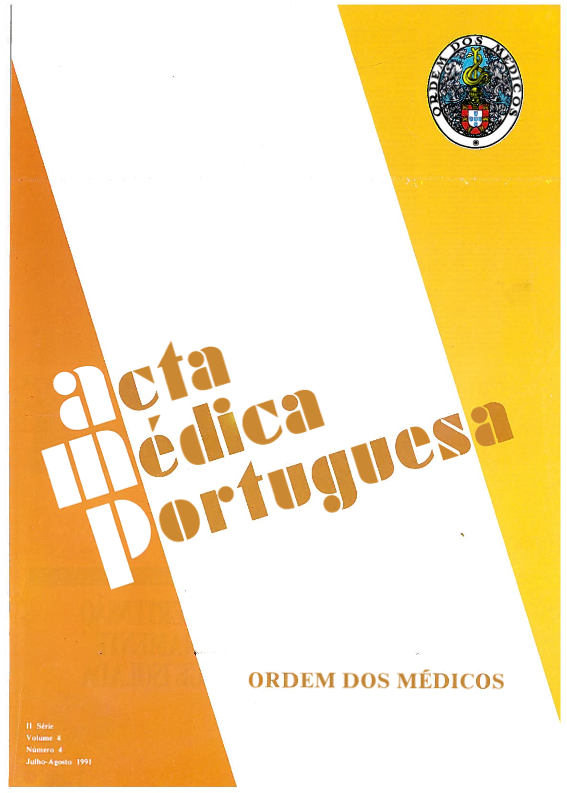Rastreio visual em crianças.
DOI:
https://doi.org/10.20344/amp.3358Resumo
The Early Visual Screening (EVS) before verbal communication and, certainly, before one year old, is essential to prevent strabismus and/or amblyopia. We consider the PREFERENTIAL LOOKING (PL) for visual acuity determination and screening of the amblyopia and the PHOTOREFRACTION (VIDEO-REFRACTION: VPR-1) for refractive screening, adequated methods for Early Visual Screening. We suggest that these two technics are used as EVS methods, four times in childhood (newborn, 6-8 weeks, 6-8 months, 18-24 months) performed by an Ophthalmologist at a Pilot Health Center of the National Health Service. The classic methods of visual screening such as: child's reaction to the eye occlusion, pursuit movements, STYCAR balls and miniature toys, Cover test, Hirschberg test, red fundus reflex, anterior segment examination, each of these used according to the child's age, must be performed by an Ophthalmologist. We think they are a positive alternative until we are able to use the PREFERENTIAL LOOKING and VIDEO-REFRACTION in Early Visual Screening. In the kindergarten and primary school the ASTENOPIC complaints due to hipermetropia, minor astigmatism and convergent deficit as well as chronic inflammation of the anterior segment eyelids and anexus, can be related with poor school performance more than with strabismus or myopia.(ABSTRACT TRUNCATED AT 250 WORDS)Downloads
Downloads
Como Citar
Edição
Secção
Licença
Todos os artigos publicados na AMP são de acesso aberto e cumprem os requisitos das agências de financiamento ou instituições académicas. Relativamente à utilização por terceiros a AMP rege-se pelos termos da licença Creative Commons ‘Atribuição – Uso Não-Comercial – (CC-BY-NC)’.
É da responsabilidade do autor obter permissão para reproduzir figuras, tabelas, etc., de outras publicações. Após a aceitação de um artigo, os autores serão convidados a preencher uma “Declaração de Responsabilidade Autoral e Partilha de Direitos de Autor “(http://www.actamedicaportuguesa.com/info/AMP-NormasPublicacao.pdf) e a “Declaração de Potenciais Conflitos de Interesse” (http://www.icmje.org/conflicts-of-interest) do ICMJE. Será enviado um e-mail ao autor correspondente, confirmando a receção do manuscrito.
Após a publicação, os autores ficam autorizados a disponibilizar os seus artigos em repositórios das suas instituições de origem, desde que mencionem sempre onde foram publicados e de acordo com a licença Creative Commons









